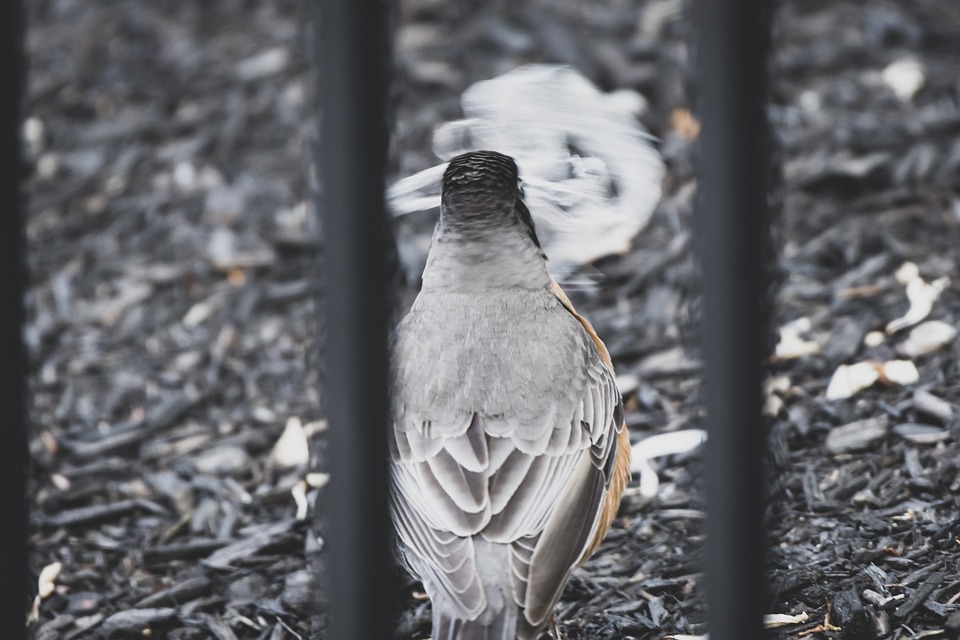Parrots are highly intelligent and social birds that can form strong bonds with their human companions. Building trust and understanding your parrot’s eagerness to please is essential for effective training and developing a strong relationship. In this article, we will explore some common signs that indicate your parrot’s trust and eagerness to please, as well as answer some frequently asked questions about parrot behavior and training.
Signs of Trust in Parrots
1. Body Language: Observing your parrot’s body language can provide valuable insights into their level of comfort and trust. Some signs that indicate trust include relaxed body posture, feathers that are sleek and smooth, and a calm demeanor. Additionally, your parrot may lean towards you, raise their wings slightly, or even offer gentle nibbles as signs of trust.
2. Vocalizations: Parrots express themselves through various vocalizations, and understanding their different calls can help you gauge their trust level. A parrot that trusts you may make soft, contented noises or engage in pleasant chatter when you are nearby. Consistent and melodic whistling can also indicate that your parrot feels secure and comfortable in your presence.
3. Acceptance of Touch: Touch is an important aspect of building trust with your parrot. As your parrot becomes more trusting, they may allow you to stroke their head, neck, or even scratch their favorite spot. If your parrot readily leans into your touch and displays relaxation or enjoyment, it is a positive sign of trust.
4. Playfulness: A playful parrot is often a happy and trusting one. When your parrot engages in games, such as tossing toys or rolling on their back, it demonstrates that they feel comfortable and secure in their environment. Playfulness also indicates that your parrot enjoys spending time with you and values your companionship.
Signs of Eagerness to Please in Parrots
1. Attention and Focus: An eager-to-please parrot will display heightened attention and focus during training sessions or when learning new behaviors. They will maintain eye contact, tilt their head, and actively listen to your instructions or cues. Your parrot’s willingness to concentrate on the task at hand is a clear indicator of their eagerness to please.
2. Response to Positive Reinforcement: Parrots that are eager to please will respond positively to rewards and praise during training. They will eagerly repeat desired behaviors in anticipation of receiving treats, verbal affirmations, or their favorite toys. This eagerness to please can greatly facilitate their learning and training progress.
3. Initiating Interactions: When a parrot takes the initiative to interact with you, it demonstrates their eagerness to please and engage with you. Your parrot may approach you voluntarily, seek physical contact, or even show interest in participating in activities together. Such proactive behavior indicates that your parrot values your relationship and wants to please you.
FAQs about Parrot Behavior and Training
Q1. How long does it take to build trust with a parrot?
A1. Building trust with a parrot requires time and patience. It can take anywhere from a few weeks to several months, depending on the individual bird’s background and experiences. Consistency, positive reinforcement, and respecting your parrot’s boundaries are key to establishing trust.
Q2. Can all parrot species be trained?
A2. Yes, most parrot species can be trained to some extent. However, the ease of training may vary between species, with some being more receptive and quick learners than others. It is essential to understand your parrot’s natural abilities, preferences, and limitations when designing a training program.
Q3. Are there any signs that indicate a lack of trust or fear in parrots?
A3. Yes, signs of fear or lack of trust in parrots include aggressive behavior, fluffed feathers, crouching or trying to escape, biting, screaming, or excessive vocalizations. It is crucial to identify and address these behaviors promptly, seeking professional guidance if necessary, to help your parrot overcome their fears and build trust.
Q4. Can older parrots learn new behaviors?
A4. Absolutely! Parrots of all ages can learn new behaviors and adapt to training. However, older parrots may require more time and patience, as they may have ingrained habits or previous experiences that need to be carefully addressed. With a positive and consistent training approach, older parrots can achieve remarkable progress.
By understanding the signs of trust and eagerness to please in parrots, you can strengthen your bond with your feathered friend and create a harmonious training environment. Remember, every parrot is unique, so patience, consistency, and positive reinforcement are key to successful training and building a strong relationship.









